
FOOD
26-07-2019 by Leni Frau
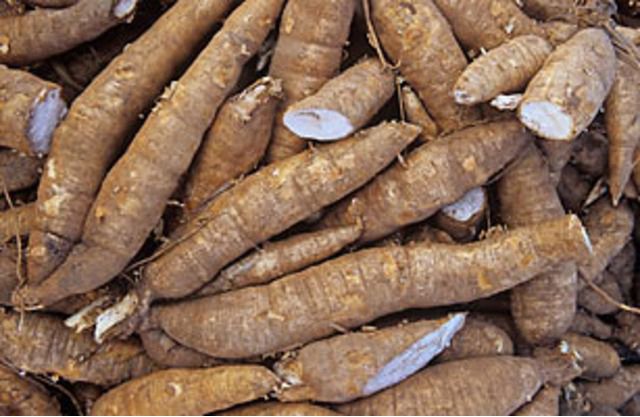
In the markets and on the edges of many roads in Kenya you can see the sellers (yes, usually they are women, the real productive and commercial engine of this continent). It is cassava, also known as yucca or manioc, which is now widespread in the African country, although it was introduced less than five hundred years ago by the Portuguese, who in turn had found it during the first explorations in Brazil.
This is its best period, but in any case this tuber has a very high production potential, because its roots produce more calories per unit of land than any other crop with the sole exception of sugar cane.
More resistant than maize and millet, cassava develops a greater tolerance to extreme environmental conditions and the roots, once ripe, can survive in the soil without receiving water for long periods, retaining their nutritional properties.
This is the advantage of cassava over cereals, which makes it an excellent basic resource for food security, particularly in critical periods of drought and famine. This large elongated tuber with rind similar to the bark of a tree, could therefore be easily defined as one of the main crops for the world food security, a great resource for the poor populations, therefore. It is a pity, however, that it is also one of the main "orphan" crops (the term orphan is used to indicate the so-called minor crops that receive little or no consideration from the scientific world and from the funds for research and development projects in agriculture).
The Swahili population of the coast usually cook it stewed, cooked in tomato sauce or even boiled like potatoes. But also fried, in pieces such as "street food" with paprika and lime or in thin slices such as chips, which are often bagged and marketed.
Its flavor is halfway between potato and chestnut, with a vaguely woody and almond aftertaste.
Note that raw cassava is slightly toxic because it contains a cyanide-like substance that fades completely at high temperatures.
In the north of the country, as in Uganda and particularly in West Africa, its flour (called tapioca) is used as an alternative to wheat flour, not only because it has a similar protein content but because it is easily grindable at home.
Five reasons for eating cassava
1. Excellent anti-inflammatory. The fresh chopped root, with a high content of vitamin C, has anti-inflammatory and antiseptic properties, while the leaves are used to soothe pain as a mild analgesic.
2. High digestibility. It is a high energy food rich in starch and carbohydrates but well digestible. Its flour, which is called tapioca, is recommended in cases of gastritis, colitis and digestive difficulties.
3. Suitable for celiac disease. It does not contain gluten and is therefore a particularly suitable food for people with celiac disease.
4. Antioxidant action. The good concentration of vitamin C gives it antioxidant properties making it a suitable food to strengthen the immune system and to combat the activity of free radicals.
5. Excellent for making sweets. Its flour can be used in the preparation of breads and cakes or to make baby food. Compared to wheat flour, it contains less cellulose, nitrogen and ash, making it more digestible and lighter. The cakes made with tapioca are softer that many confectioners recommend adding tapioca to normal flour in the preparation of cakes.
In addition to food preparations, cassava starch is used in the manufacture of cosmetics, glues, detergents and even paper.
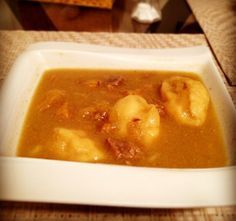
"Muhogo wa Nyama" (meat with cassava) is a typical dish of Kenyan cuisine. The cassava is a tuber completely similar to the manioc, it is used to make flour or potatoes, both fried and stewed. Its taste reminds a bit of...
NEWS
by Freddie del Curatolo

Goodbye "ugali", Kenyans begin to prefer other flours and cereals, and on the tables of the country...
TERRITORY
by redazione
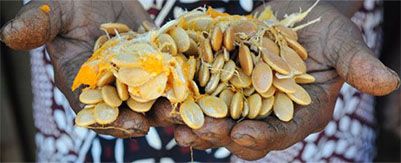
NEWS
by redazione
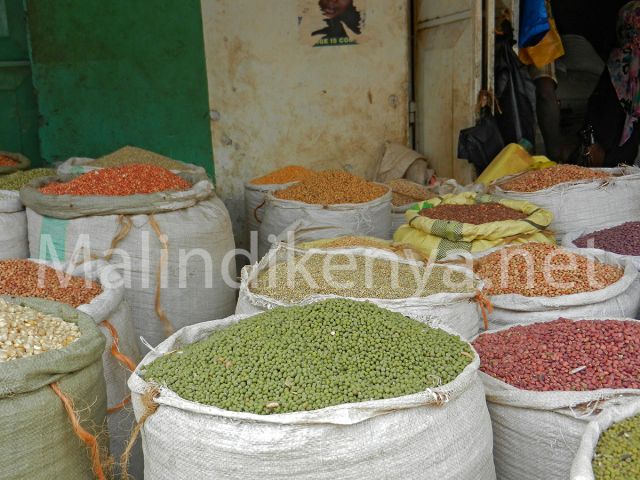
The Ministry of Trade and Industry of Kenya has decided to close all shops selling retail products or materials...
FREDDIE'S CORNER
by Freddie del Curatolo

In East Africa, travellers will never starve.
Maybe...
KENYA NEWS
by redazione

SHOPS
by redazione

A new shop in Malindi for four-legged friends in Malindi.
At Vera Cruz Complex in Lamu Road (opposite Malindi Complex) opened "Cat & Dog Food", an authorized retailer "Skinner's", an English leader in the production of dog food, offering a...
MADE IN ITALY
by redazione

Tastings of Italy in characteristic places such as Fort Jesus, meetings to talk about Italian...
NEWS
by redazione

It is a very nutritious and resilient tuber and Kenya will have to rely on this resource to feed that...

The latest appeal to the Court of Kenyan producers of polyethylene bags and bags was also rejected.
From Monday 28 August, the law will come into force that definitively ban plastic bags in Kenya.
The official press release can be...
RESTAURANTS
by redazione
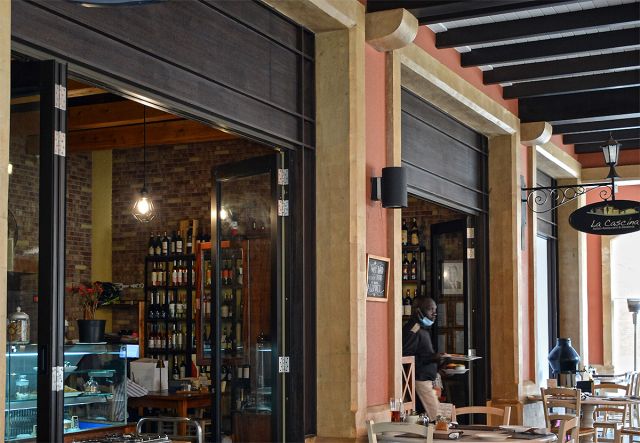
The legendary Vespa, parked in the small square of Karen's "The Hub" shopping center, greets customers...
SLOW FOOD
by Freddie del Curatolo
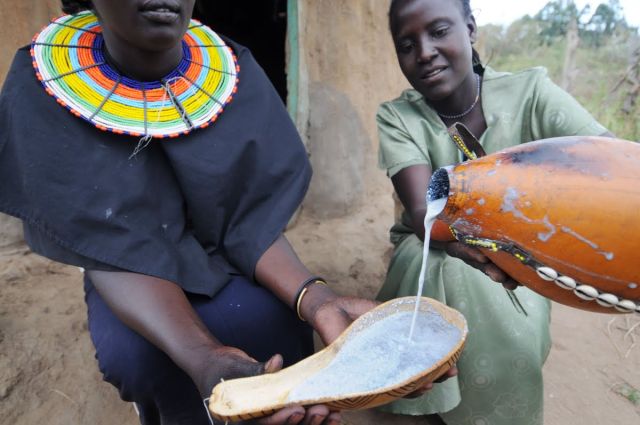
Those who have been following us for some time know that we often cover the flavors of this...